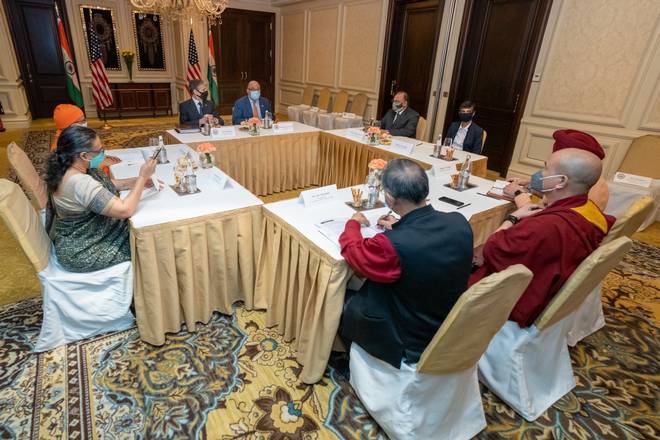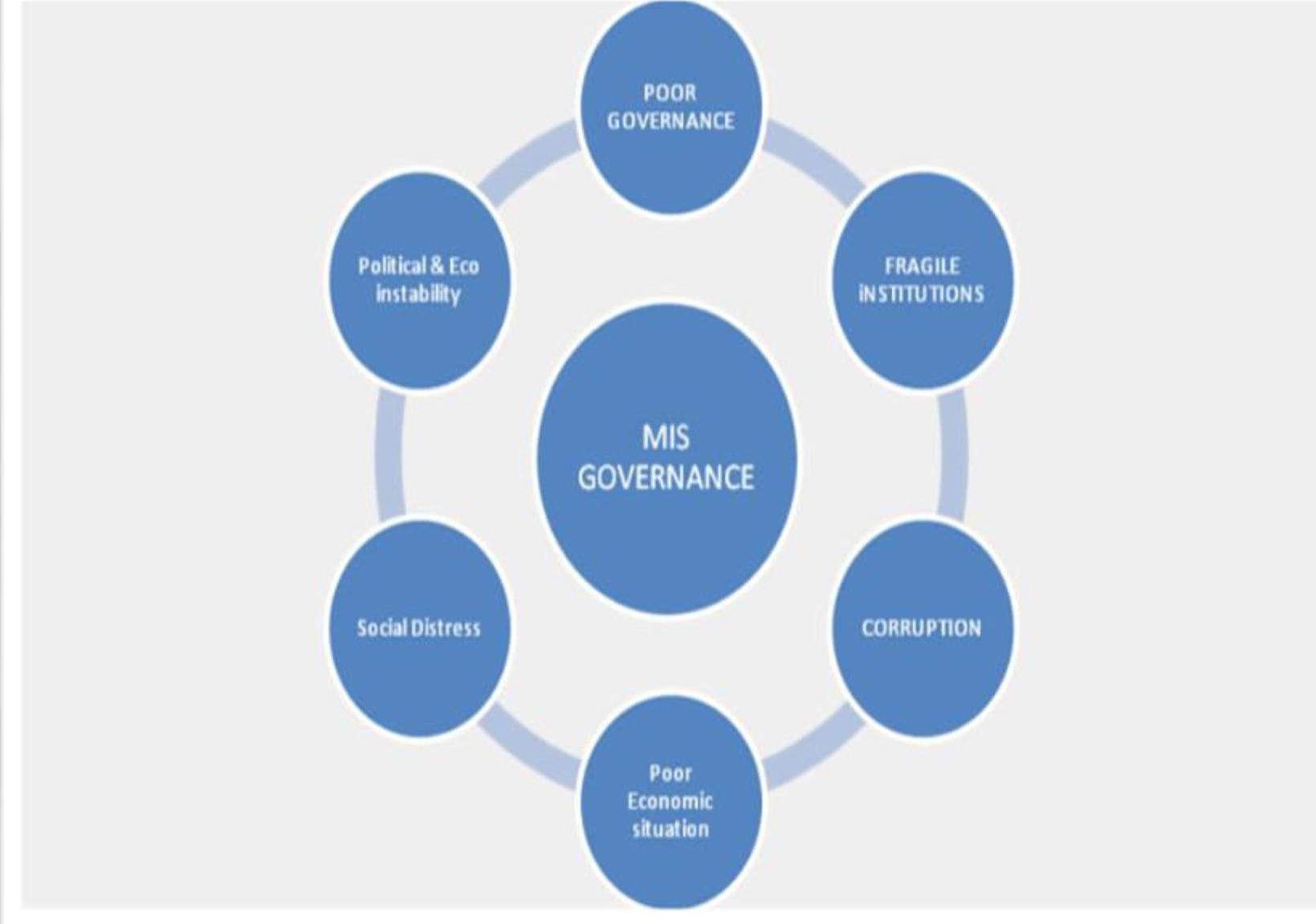
Not going into the detailed definition of middle class so as to avoid any dilution of the importance of the subject, it is enough to state that middle class mainly comprises of people who are dependent on salary and their tax is deducted at source. .
The middle class grew in size to approx 350 million and in purchasing power post economic reforms in 90s launched by Narsimha Rao’s Govt in 90s. Some claim that the middle-class makes up 28 per cent of the total population and 79 per cent of the total taxpayer base. As its purchasing power grew, India’s economy also grew in size. India’s influence in global arena has enhanced because of the immense contribution of the middle class . India’s middle class has played an important role in the unprecedented growth of India’s IT Sector. Most of the CEOs of top MNCs today, Engineers and Management experts, technocrats, artisans, sales persons, Accounting experts working in Service sector, Retail show rooms, Banking sector, Scientists of ISRO have come from India’s middle class.
It would not be wrong to state that India’s middle class is an engine of India’s growth. They are also associated with social progress—freedom of press, education and gender equality. The middle class, particularly post economic reforms is a causal factor behind India’s improved economic and social outcomes.

Besides the above, it is this class which pays maximum tax to the Government; direct or indirect. It is this class that toils hard and pays its hard earned money through GST and other taxes when it buys - Petrol/Diesel, Cars/motorcycles, consumer items, TV sets, computers, laptops, travels in planes/ trains, takes his family out for a dinner and so on.
However unfortunately it gets nothing in return from the Govt despite Govt making huge profits from him. Millions of Indians who form the backbone of the country’s middle class are being literally squeezed of their earnings without getting anything in return.
Add a comment


